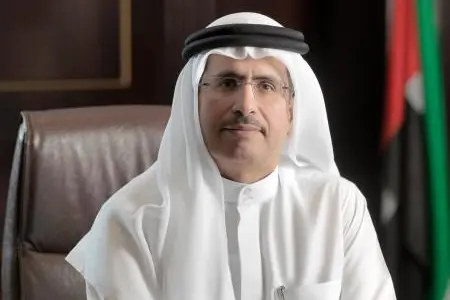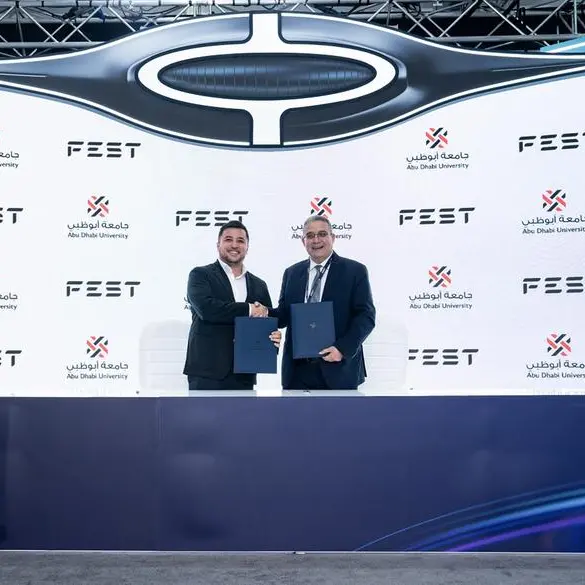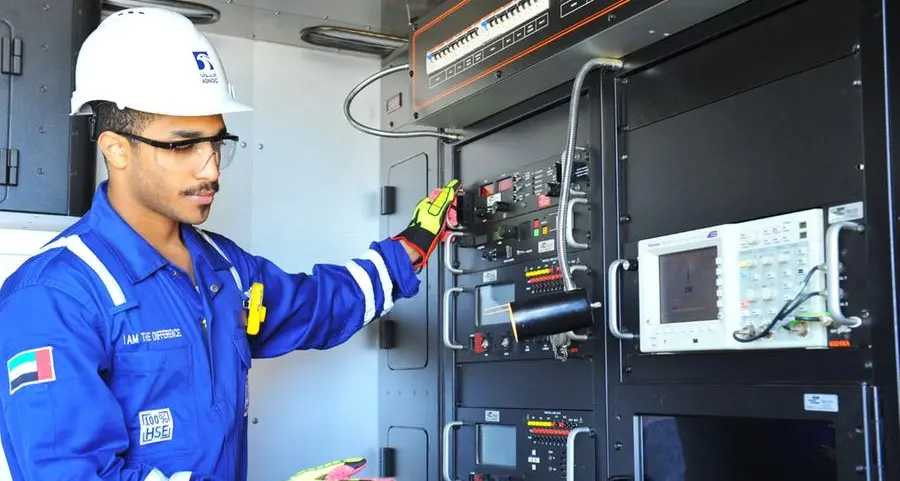PHOTO
The Government of Dubai Media Office - Dubai Electricity and Water Authority (DEWA) has completed the engineering studies related to the 250MW hydroelectric power station in Hatta, which will use the water stored in the Hatta Dam.
This is part of the AED58 million consultancy contract that DEWA awarded to France’s EDF Group in June 2017, and covers all design, hydro-geological, geological, environmental, geotechnical, and deep excavation studies. It also includes consultancy on deep-water tunnel designs, the upper reservoir and hydroelectric power station, the tender for material supply, supervision of construction work, site installation, on-site testing and commissioning.
The project is the first of its kind in the Arabian Gulf, with a total capacity of 250MW by hydroelectricity from water stored in the Hatta Dam, and a lifespan of up to 80 years.
“As part of the “Dubai Clean Energy Strategy 2050”, launched by His Highness Sheikh Mohammed bin Rashid Al Maktoum, Vice President and Prime Minister of the UAE and Ruler of Dubai, we have launched several projects, including the hydroelectric power station, at a cost of AED 1.92 billion,” said HE Saeed Mohammed Al Tayer, MD & CEO of DEWA.
“In addition to being a low-cost reliable and efficient source of clean energy, hydropower is the most important source for energy storage. It is estimated that storage hydropower represents 99% of the world’s operational electricity storage. Other benefits include water security, flood control, drought management, irrigation, and recreation. Hydropower is one of the most flexible and sustainable renewable energy sources. It can be operated to provide base-load power, as well as peak-load supply through pumped-storage. However, estimates indicate the availability of approximately 10,000TWh/year of unutilised hydropower potential worldwide,” said Al Tayer.
The hydroelectric power station will generate electricity by making use of the water in the Hatta Dam, which can store up to 1,716 million gallons, and an upper reservoir that will be built in the mountain that can store up to 880 million gallons. The upper reservoir will be 300 metres above the dam level. During off-peak hours, turbines that use clean and cheap solar energy will pump water from the lower dam to the upper reservoir. During peak-load hours, when production costs are high, turbines operated by the speed of waterfall from the upper reservoir will be used to generate electricity and connect it to DEWA’s grid. The efficiency of power production will reach 90% with a 90-second response to demand for electricity.
-Ends-
© Press Release 2018Disclaimer: The contents of this press release was provided from an external third party provider. This website is not responsible for, and does not control, such external content. This content is provided on an “as is” and “as available” basis and has not been edited in any way. Neither this website nor our affiliates guarantee the accuracy of or endorse the views or opinions expressed in this press release.
The press release is provided for informational purposes only. The content does not provide tax, legal or investment advice or opinion regarding the suitability, value or profitability of any particular security, portfolio or investment strategy. Neither this website nor our affiliates shall be liable for any errors or inaccuracies in the content, or for any actions taken by you in reliance thereon. You expressly agree that your use of the information within this article is at your sole risk.
To the fullest extent permitted by applicable law, this website, its parent company, its subsidiaries, its affiliates and the respective shareholders, directors, officers, employees, agents, advertisers, content providers and licensors will not be liable (jointly or severally) to you for any direct, indirect, consequential, special, incidental, punitive or exemplary damages, including without limitation, lost profits, lost savings and lost revenues, whether in negligence, tort, contract or any other theory of liability, even if the parties have been advised of the possibility or could have foreseen any such damages.











